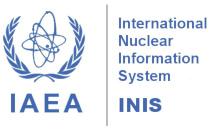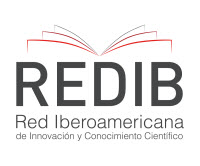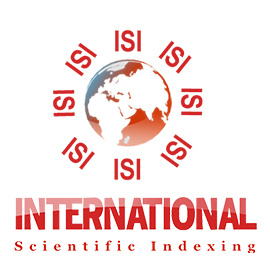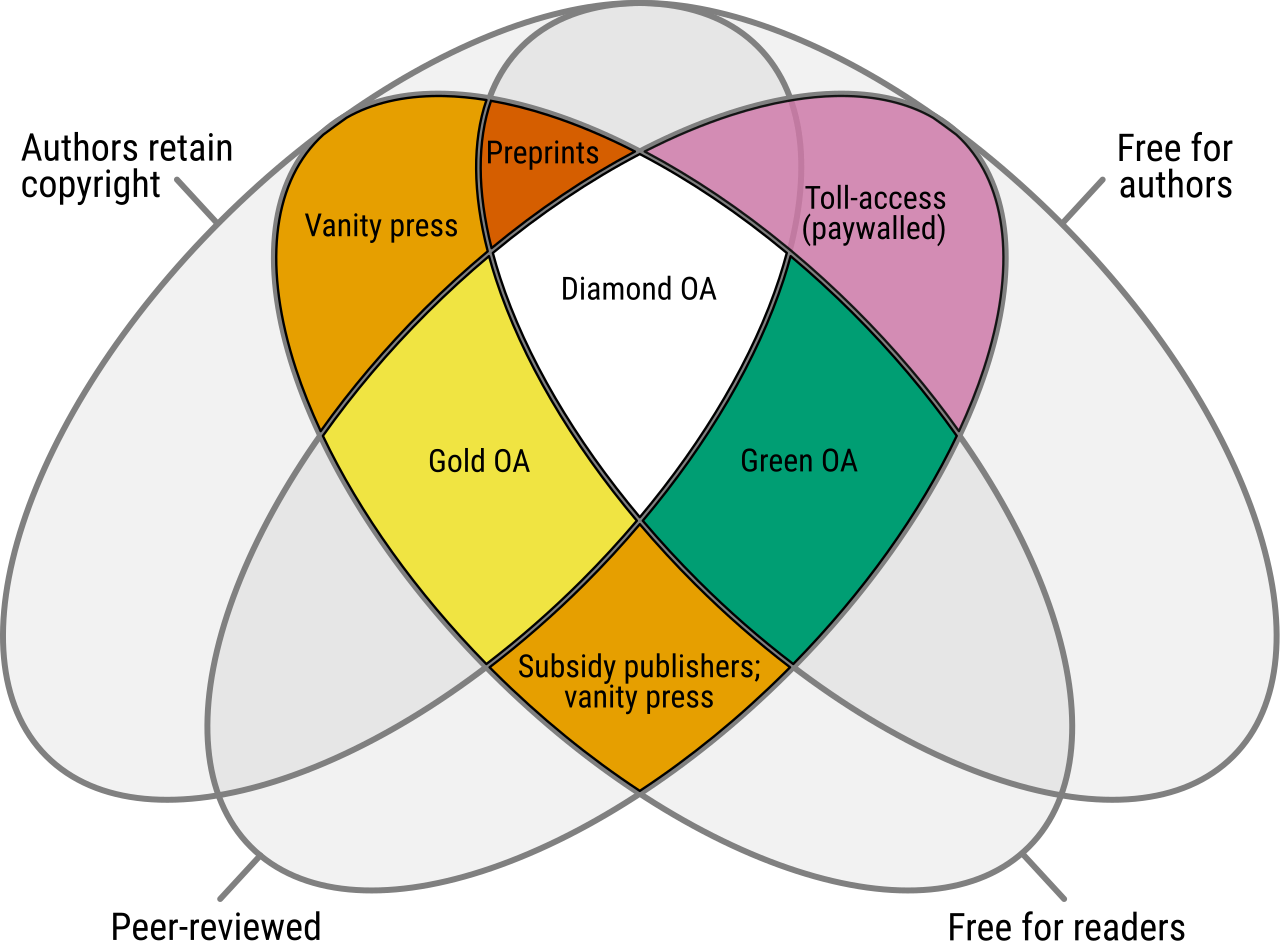Passive Autocatalytic Recombiner Perfomance Assessment Using COCOSYS
DOI:
https://doi.org/10.15392/2319-0612.2022.1906Palavras-chave:
Hydrogen, Passive Autocatalytic Recombiners, THAI test facility, Severe Accidents.Resumo
The progression of a severe accident in nuclear reactors is composed by a diversity of phenomena that are
Beyond Design Basis, such as Direct Containment Heating (DCH), Molten Corium Concrete Interaction
(MCCI), hydrogen detonation, and others. Currently, there are several devices and systems that allow
mitigating the progression of this events, avoiding the failure of the physical barriers between the nuclear
power plant and the environmental. In this context, the present work aims to reproduce the HR-14
experiment carried out at the Thermal-hydraulic, Hydrogen, Aerosols and Iodine (THAI) test facility through
the Passive Autocatalytic Recombiners (PAR) performance assessment with the COCOSYS code. The analysis
of the convergence of the results was performed using the Fast Fourier Transform Based Method (FFTBM)
and showed that the results had sufficient accuracy with the experimental data.
Downloads
Referências
Comissão Nacional de Energia Nuclear (CNEN), Relatórios de Operação de Usinas
Nucleoelétricas, Norma CNEN NN 1.14, Resolução CNEN 16/0, Publicação: DOU
01.2002.
Institut de Radioprotection et de Sûreté Nucléaire (IRSN), Didier Jacquemain Coordinator,
Nuclear Power Reactor Core Melt Accidents, Current State of Knowledge, 2015.
International Atomic Energy Agency (IAEA), TECDOC-1661-Mitigation of Hydrogen
Hazards in Severe Accidents, 2011.
Gesellshaft für Anlagen- und Reaktorsicherheit (GRS) mbH, COCOSYS V2.4, User’s Manual.
Revision, 2016.
Kanzleiter, T., Hydrogen Recombiner Tests HR-14 to HR-16 (Tests using a nis par), Areva,
AECL and NIS PAR Comparison. Tech. Rep. 150 1326-HR-QLR-4, Becker Technologies
GmbH, 2009.
BECKER TECHNOLOGIESTHAI- Facility & Program Reactor Safety • Engineering
Becker Technologies GmbH – Kolner Str. 6 – 65760 Eschborn.
Jsehwan Park, Gilbeom Kang, Yu Jung Choi, Development and Validation of the Passive
Autocatalytic Recombiner Performance Analysis, 26TF International Conference Nuclear
Energy for new Europe (2017).
Miroslav Kotouč. Nuclear Research Institute, Validation of the LP Code MELCOR 1.8.6 for
Containment Analyses with Hydrogen Recombiners using results from the OECD/NEA
experimental project THAI ASME 2012 Power Conference ICONE20-POWER2012-54240.
F. Arnould, E. Bachellerie, M. Auglaire, B. De Boeck, O. Braillard, B. Eckardt, F. Ferroni, R.
Moffett, G. Van Goethem. State of the Art on Hydrogen Passive Autocatalytic Recombiner.
European Union Parsoar Project.
A. Proek, F. D’Auria, B. Mavko, Review of quantitative accuracy assessments with fast
Fourier transform based method (FFTBM), Nuclear Engineering and Design 217 (2002)
–206.
Lapendes, D.N., 1978. Dictionary of Scientific and Technical Terms, second ed.
McGraw-Hill Book Company, NewYork, St. Louis, p. 1041.
Bovalini, R., D’Auria, F., Leonardi, M., 1992. Qualification of the Fast Fourier
Transform based methodology for the quantification of thermalhydraulic code accuracy,
DCMN Report, University of Pisa, NT 194(92).
Official Scilab site: https://www.scilab.org/news/scilab-600-release.
A. Prosek, B. Mavko, A tool for quantitative assessment of code calculations with an
improved fast Fourier transform based method, Jamova 39, 1000 Ljubljana, Slovenia.
Heikki Purhonen, Markku Puustinen, Vesa Riikonen, Riitta Kyrki-Rajama¨ki, Juhani
Vihavainen PACTEL integral test facility – Description of versatile applications. Lappeenranta
University of Technology, P.O. Box 20, 53851 Lappeenranta, Finland Received 25 April 2004;
accepted 31 May 2006.
Gesellshaft für Anlagen - und Reaktorsicherheit (GRS) mbH. Weiterentwicklung der
Rechenprogramme COCOSYS und ASTEC Oktober, 2014
Downloads
Publicado
Edição
Seção
Licença
Direitos autorais (c) 2022 Brazilian Journal of Radiation Sciences

Este trabalho está licenciado sob uma licença Creative Commons Attribution 4.0 International License.
Declaro que o presente artigo é original, não tendo sido submetido à publicação em qualquer outro periódico nacional ou internacional, quer seja em parte ou em sua totalidade. Declaro, ainda, que uma vez publicado na revista Brazilian Journal of Radiation Sciences, editada pela Sociedade Brasileira de Proteção Radiológica, o mesmo jamais será submetido por mim ou por qualquer um dos demais co-autores a qualquer outro periódico. Através deste instrumento, em meu nome e em nome dos demais co-autores, porventura existentes, cedo os direitos autorais do referido artigo à Sociedade Brasileira de Proteção Radiológica, que está autorizada a publicá-lo em meio impresso, digital, ou outro existente, sem retribuição financeira para os autores.
Licença
Os artigos do BJRS são licenciados sob uma Creative Commons Atribuição 4.0 Licença Internacional, que permite o uso, compartilhamento, adaptação, distribuição e reprodução em qualquer meio ou formato, desde que você dê o devido crédito ao (s) autor (es) original (is) e à fonte, forneça um link para a licença Creative Commons, e indique se mudanças foram feitas. As imagens ou outro material de terceiros neste artigo estão incluídos na licença Creative Commons do artigo, a menos que indicado de outra forma em uma linha de crédito para o material. Se o material não estiver incluído no licença Creative Commons do artigo e seu uso pretendido não é permitido por regulamentação legal ou excede o uso permitido, você precisará obter permissão diretamente do detentor dos direitos autorais. Para visualizar uma cópia desta licença, visite http://creativecommons.org/licenses/by/4.0/






















